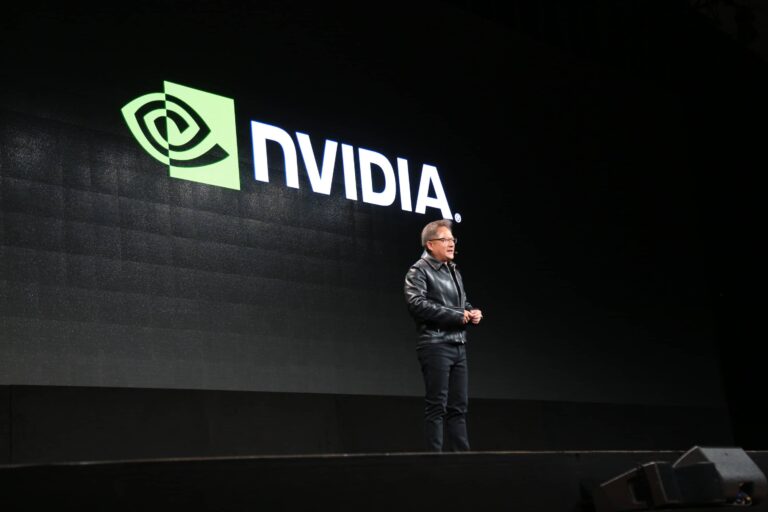Nvidia announced on Monday that it is making its chip interconnect technology, NVLink Fusion, available to other companies. This technology improves communication between chips. It is a crucial component in building and deploying AI systems.
This was reported by Reuters. The new version of NVLink, called NVLink Fusion, enables multiple chips to work together efficiently in custom AI hardware. Marvell Technology and MediaTek have already committed to integrating NVLink Fusion into their chip development projects.
Nvidia developed NVLink years ago to enable fast data exchange between chips. The technology is currently used in Nvidia’s GB200 system, which combines two Blackwell GPUs with a Grace CPU. Nvidia CEO Jensen Huang introduced the new technology during his speech at the Taipei Music Center, the location of Computex.
New headquarters in Taiwan
Huang also announced plans for a new Nvidia headquarters in Taiwan. It will be located in the northern suburbs of Taipei. In his speech, Huang reflected on Nvidia’s development. He noted that there was a time when 90% of his presentations were about graphics chips. Today, however, Nvidia has grown into a leading player in the development of AI chips, especially since the emergence of applications such as ChatGPT, which was launched in 2022.
Nvidia is developing CPUs compatible with Microsoft’s Windows operating system using architecture licensed from Arm Holdings.
New AI chips
At Nvidia’s annual developer conference in March, Huang outlined the company’s vision to move from building large-scale AI models to supporting AI-driven applications. He presented several new AI chips, including the Blackwell Ultra, which will be available later this year. Nvidia also has plans for the Rubin chip series and Feynman processors. Feynman will be available in 2028.
In addition, Nvidia announced a desktop version of its AI system, DGX Spark, targeting AI researchers. Huang said Monday that the system is in full production and will be available within weeks.
Computex, which is expected to attract 1,400 exhibitors, is the first major gathering of leaders from the computer and chip industry in Asia since the United States considered broad import tariffs to stimulate domestic production.
